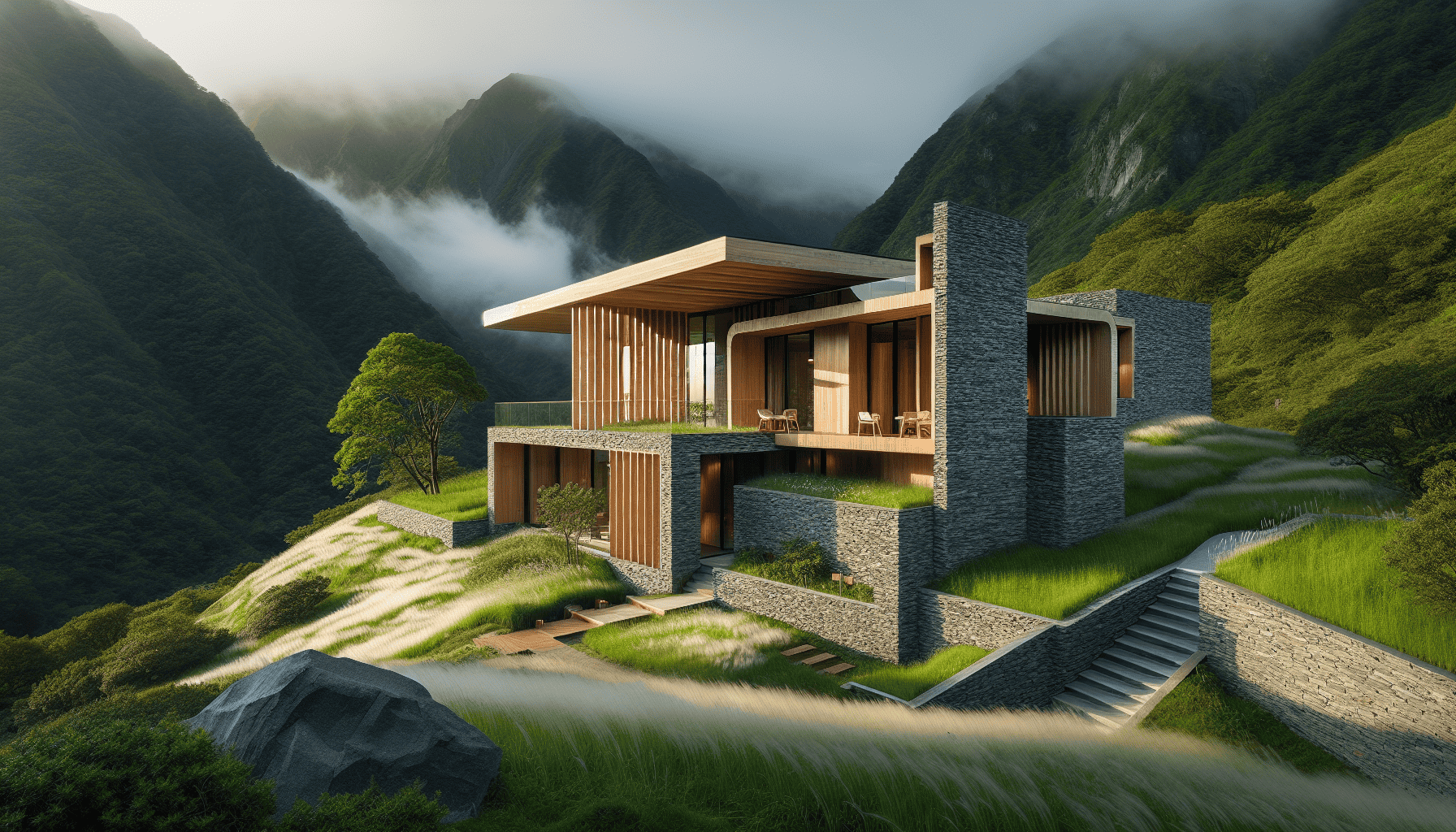In recent years, the architecture world has witnessed a burgeoning interest in sustainability and cultural preservation. A striking manifestation of this trend is the innovative use of local materials in South African architecture, which not only champions ecological responsibility but also celebrates the nation's rich cultural heritage.
South Africa's diverse landscapes offer a plethora of natural materials that have been utilized in construction for centuries. These materials include clay, timber, stone, and thatch, each carrying a historical significance and unique properties that contribute to sustainable building practices.
One of the most notable examples is the use of clay in the form of adobe or rammed earth. This traditional material has excellent thermal properties, keeping buildings cool in the scorching summer months and warm during the winter. By adopting modern techniques in adobe construction, architects can create structures that are not only energy-efficient but also align with the aesthetics of traditional African architecture.
Timber is another resource that has been skillfully integrated into modern designs. The use of locally sourced wood, such as eucalyptus and pine, not only reduces the carbon footprint associated with transportation but also supports local economies. Timber's versatility allows for a wide range of architectural styles, from traditional thatched roofs to sleek, contemporary lines that suit urban landscapes.
Stone, an enduring symbol of permanence and strength, is being reimagined in South African architecture. Local stone such as granite and sandstone is often used for structural elements and decorative features. These materials merge seamlessly with the environment, offering a timeless quality and reducing the need for artificial finishes or paints.
Thatch, traditionally used for roofing in rural homesteads, provides an excellent example of how old-world techniques can meet modern needs. It offers superb insulation, is resilient against South Africa’s variable climate, and can be locally sourced, making it a sustainable option for modern eco-friendly homes.
Incorporating these materials goes beyond mere practicality; it serves as a conduit for preserving and promoting South African cultural heritage. Buildings constructed with local materials can tell stories of the land, the people, and the history, fostering a sense of pride and identity. This approach not only respects the past but also ensures that traditional knowledge is transferred to future generations.
Furthermore, the use of local materials can be a powerful tool for community involvement and empowerment. By engaging local artisans and builders, architectural projects can become collaborative efforts that boost local economies and provide training opportunities.
As global challenges such as climate change and resource scarcity continue to loom large, the need for sustainable architectural practices is more pressing than ever. South Africa’s innovative use of local materials stands as a beacon of how cultural heritage and modern sustainability can be harmoniously integrated. It is a testament to the potential of architecture to be both a reflection of a people's identity and a force for ecological stewardship.
In conclusion, the innovative use of local South African materials in architecture is more than just a trend; it is a movement towards a more sustainable and culturally enriched future. It encapsulates the essence of building not just structures, but legacies that respect the past, enrich the present, and pave the way for a sustainable future.
